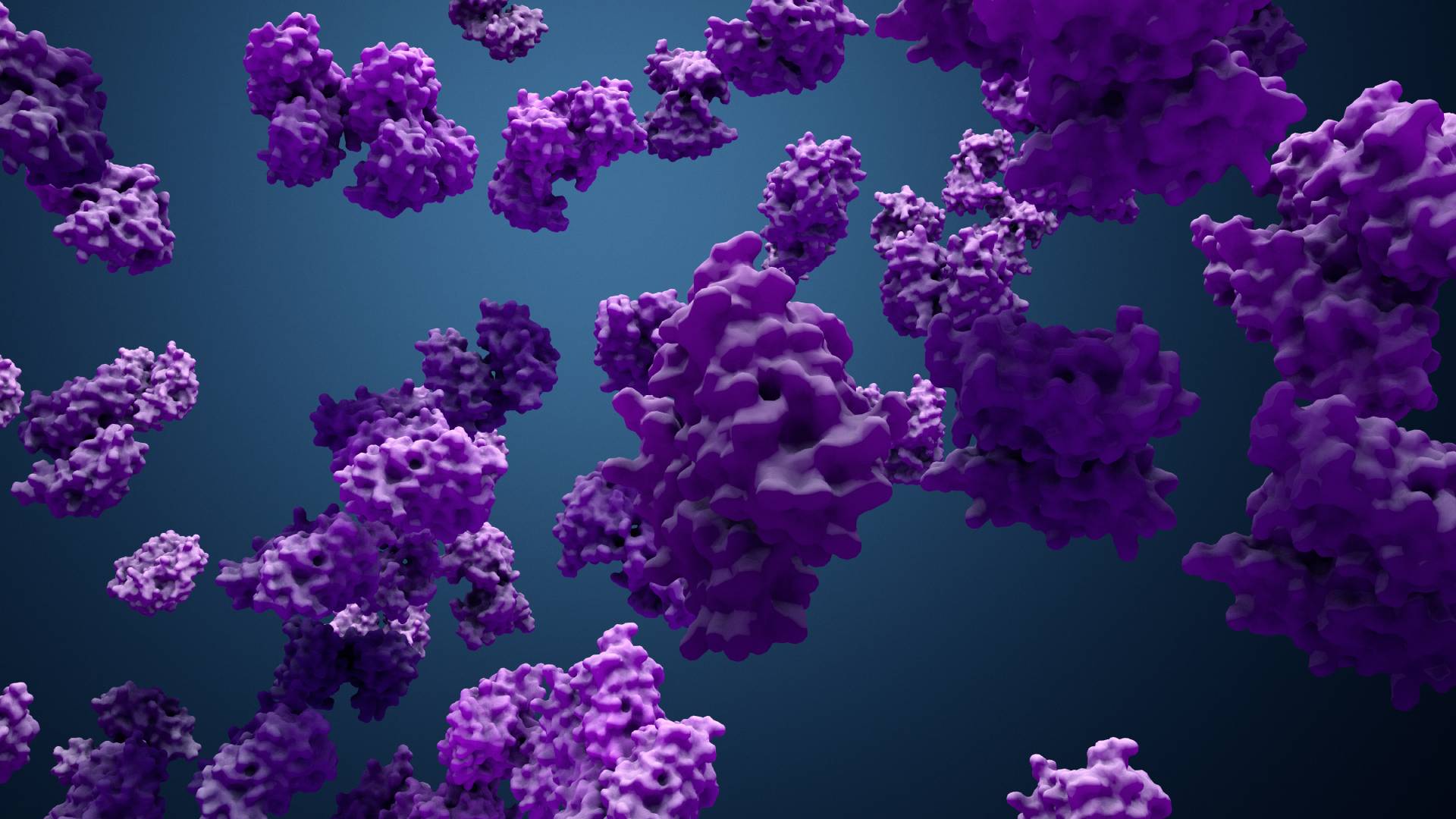
May 17, 2023
Conroy LR, Clarke HA, Allison DB, Valenca SS, Sun Q, Hawkinson TR, Young LEA, Ferreira JE, Hammonds AV, Dunne JB, McDonald RJ, Absher KJ, Dong BE, Bruntz RC, Markussen KH, Juras JA, Alilain WJ, Liu J, Gentry MS, Angel PM, Waters CM, Sun RC. Spatial metabolomics reveals glycogen as an actionable target for pulmonary fibrosis. Nat Commun. 2023 May 13;14(1):2759. doi: 10.1038/s41467-023-38437-1. PMID: 37179348.

By Nelson Carvalho
•
March 14, 2022
The particularly high mortality of epithelial ovarian cancer (EOC) is in part linked to limited understanding of its molecular signatures. As a result of this study which utilized our PNGase F PRIME™, the data provided proof that the combination of MALDI-MSI and sialic acid derivatization is suitable for delineating regio-specific N-glycan distribution in EOC and BOT tissues and might serve as a promising strategy for future glycosylation-based biomarker discovery studies.

By Nelson Carvalho
•
February 9, 2022
Researchers who published this study recently developed a GlycoTyper assay which is a streamlined antibody capture slide array approach to directly profile N-glycans of captured serum glycoproteins including immunoglobulin G (IgG). This method needs only a few microliters of serum and utilizes a simplified processing protocol that requires no purification or sugar modifications prior to analysis. In this method, antibody captured glycoproteins are treated with peptide N-glycosidase F (PNGase F) to release N-glycans for detection by MALDI imaging mass spectrometry (IMS). As alterations in N-linked glycans have been reported for IgG from large patient cohorts with fibrosis and cirrhosis, we utilized this novel method to examine the glycosylation of total IgG, as well as IgG1, IgG2, IgG3 and IgG4, which have never been examined before, in a cohort of 106 patients with biopsy confirmed liver fibrosis. For this study, patients were classified as either having no evidence of fibrosis (41 patients with no liver disease or stage 0 fibrosis), early stage fibrosis (10 METAVIR stage 1 and 18 METAVIR stage 2) or late stage fibrosis (6 patients with METAVIR stage 3 fibrosis and 37 patients with METAVIR stage 4 fibrosis (cirrhosis)). Several major alterations in glycosylation were observed that classify patients as having no fibrosis (sensitivity of 92% and a specificity of 90%), early fibrosis (sensitivity of 84% with 90% specificity) or significant fibrosis (sensitivity of 94% with 90% specificity). You can read more about this discovery here.